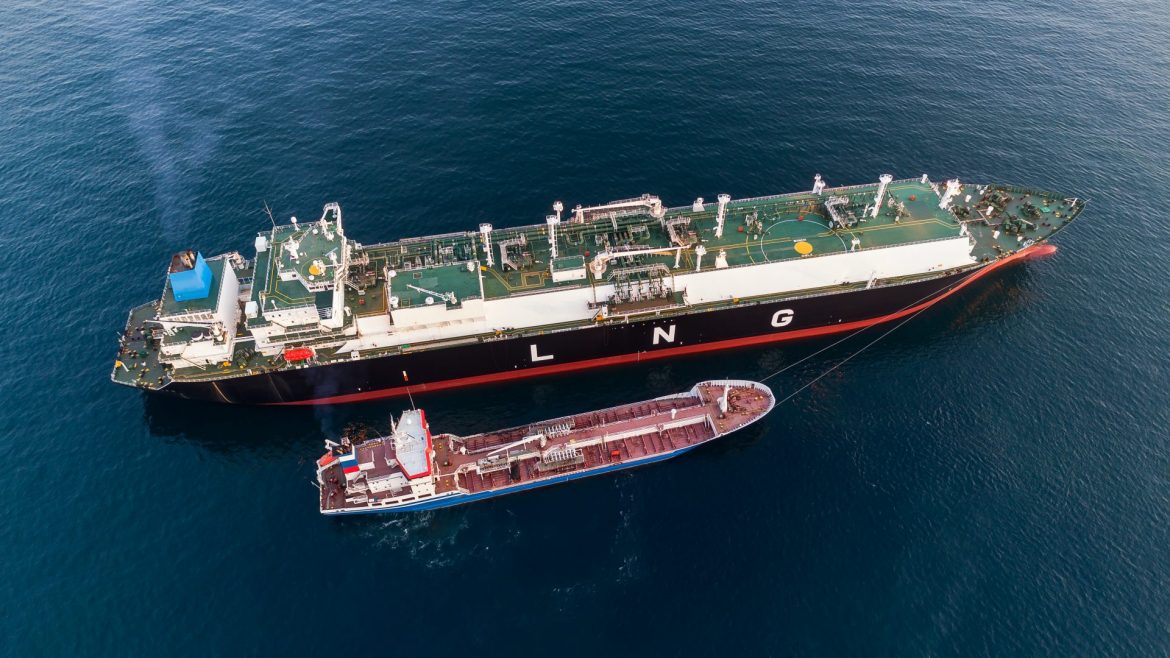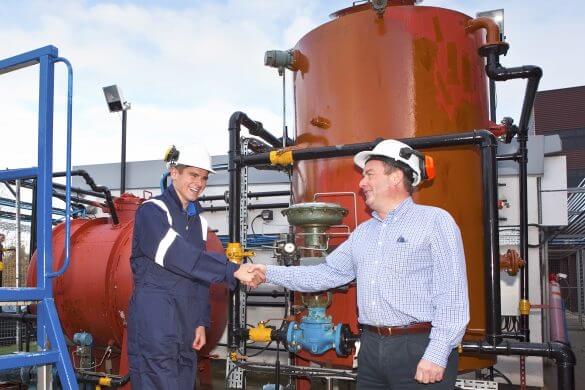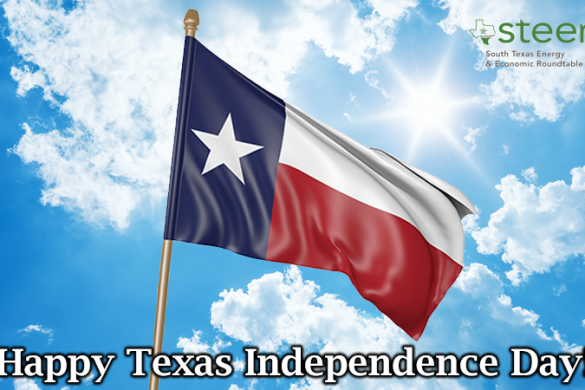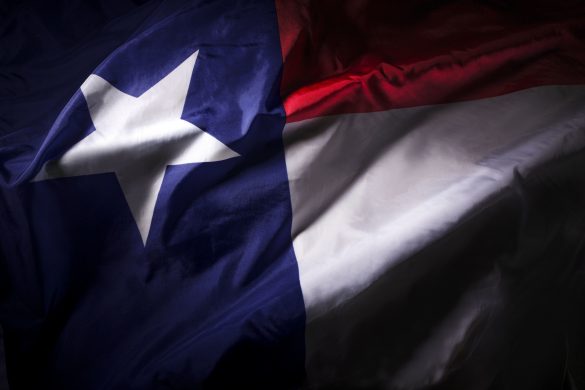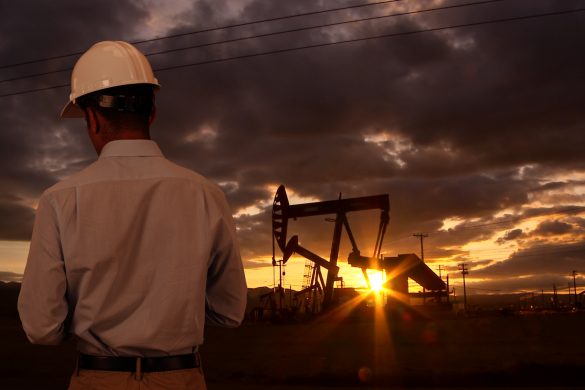According to the U.S. Energy Information Administration (EIA), the first half of 2019 saw natural-gas feedstock deliveries to Liquified Natural Gas (LNG) export facilities to be the fastest-growing sector of natural gas consumption. LNG is natural gas that has been put through a process to lower its temperature until it forms a liquid state. LNG is much easier to transport to areas and countries that cannot be reached by a pipeline. Currently, in the U.S., there are only five LNG export facilities owned by four companies. Federal regulators are about to make permitting decisions on the building of three new LNG facilities on the deepwater channel at Brownsville, Texas in the Rio Grande Valley. All three projects are owned by three different companies:
NextDecade
NextDecade has the ambitious goal of becoming the largest LNG exporter in Texas. Their Chairman and CEO says about the project, “Our company and every one of our employees is committed to being a good neighbor and having a positive impact in the communities in which we live and work. Our team is also deeply committed to delivering our Rio Grande LNG project the right way.” The right way for NextDecade is to hire locally as much as possible for the construction phase of the project as well as the permanent jobs once the facility is operational. They are also doing it right by making accommodation for local wildlife through mitigation and for local human life by minimizing the facility’s visual impact through ground flares rather than towers and a muted color scheme.
Annova LNG
During its construction phase, Annova LNG will provide employment to thousands both directly and indirectly. And once completed, they plan to have around 165 permanent job opportunities. They are also very serious about benefiting the local environment:
Working with key stakeholders at U.S. Fish and Wildlife, Annova LNG has expanded its lease and shifted the project layout to establish a 185-acre environmental conservation corridor and avoid impacting over 100 acres of wetlands. Annova LNG has contributed funding to the perpetual conservation of over 1,000 acres of land, including approximately 390 acres of dense thorn scrub in the south Texas Ocelot Coastal Corridor area in Cameron County that are inhabited by ocelots and has committed to an additional 250 acres of thorn scrub habitat preservation. Annova LNG has partnered with the Caesar Kleberg Wildlife Research Institute’s Wild Cats Conservation Fund and Feline Research Program to support their important work with ocelots in the Rio Grande Valley.
Texas LNG
The Texas LNG facility is expecting a three-year construction phase, that will also benefit the local job market and the local economy. Their prime location of Brownsville, Texas is close to both the Permian and the Eagle Ford Shales, as well as being home to the only deepwater port on the U.S/Mexico border. Texas LNG’s plan for benefiting the local environment involves getting a portion of its feed gas from gas that is currently being vented and flared.
Here’s to the future
Brownsville isn’t the only Texas port looking to obtain permitting. Cheniere is planning to expand it’s Corpus Christi terminal by adding seven midscale LNG production units.
The United States is a little late to the LNG export party, but we are catching up. It won’t be long before we surpass the top exporters in the world.


